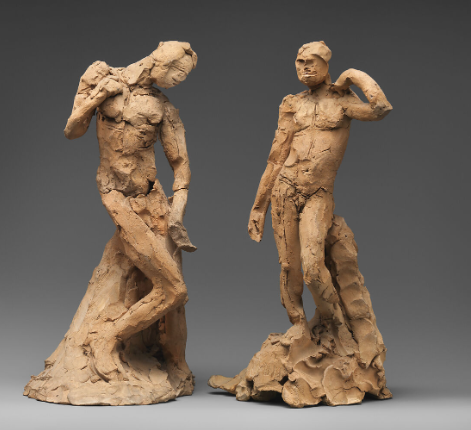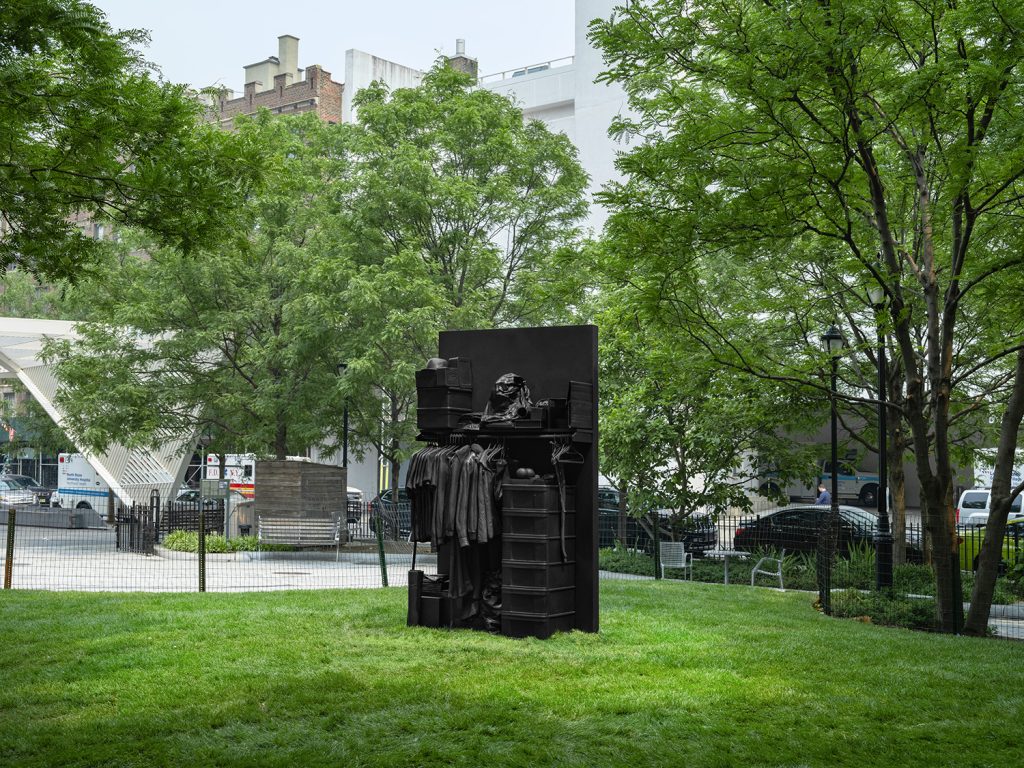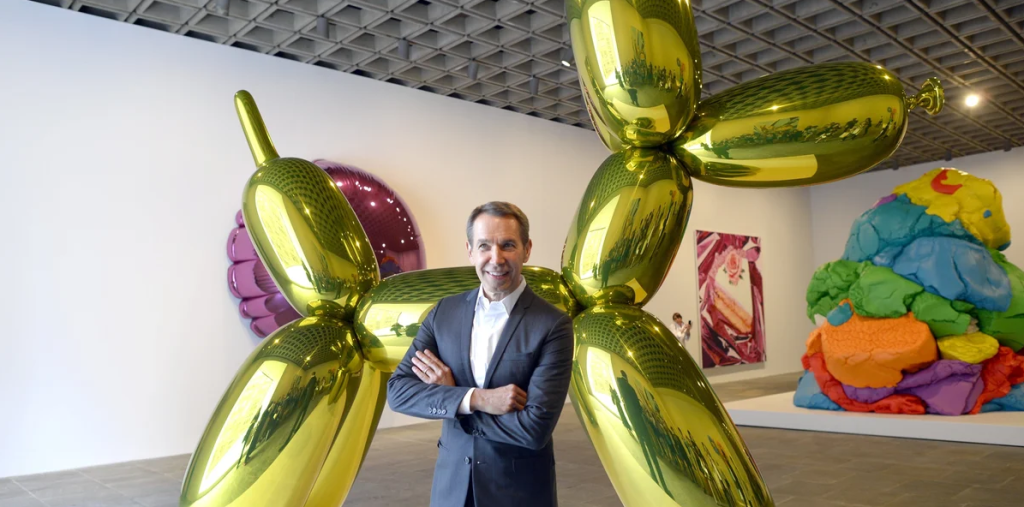The Sculptor of Emotion: Unraveling the Depth of Auguste Rodin’s Masterpieces
Auguste Rodin is often hailed as the father of modern sculpture, revolutionizing the art form with his emotive expressions and innovative techniques. His works invite viewers to explore the depths of human emotion, making them eternally relevant. Understanding Rodin’s masterpieces not only enhances our appreciation of art but also offers insights into the human experience.
The Power of Emotion in Sculpture
Rodin believed that sculpture should express the complexities of human feelings. Unlike traditional sculptures that often adhered to idealized forms, he focused on the raw energy and emotion inherent in his subjects. Pieces like “The Thinker” capture the essence of human contemplation, inviting viewers to connect with the weight of philosophical inquiry. Rodin’s ability to convey subtle emotions through form and texture creates a powerful dialogue between the artwork and the observer.
Innovative Techniques and Materials
Rodin was not just a master of form; he was also an innovator in the use of materials and techniques. He experimented with various materials, including clay, plaster, and bronze, to achieve unique textures and finishes. His unfinished works, such as “The Gates of Hell,” showcase his method of layering and incising surfaces to evoke movement and depth. This unrefined style breaks away from classical norms, emphasizing the beauty of imperfection and the dynamic nature of human experience.
Legacy and Influence on Modern Art
Rodin’s influence extends beyond his lifetime, inspiring countless artists in various mediums. His approach to emotion and form laid the groundwork for modern sculpture and expressionism. Artists like Henry Moore and Alberto Giacometti drew inspiration from Rodin’s ability to portray the human figure with emotional intensity. As we continue to celebrate his work, we recognize that his exploration of the human condition remains relevant, urging contemporary artists to delve deeper into emotional expression.
In conclusion, Auguste Rodin’s masterpieces invite us to reflect on the emotional landscape of humanity. His innovative techniques and profound understanding of human feelings have cemented his place in art history. To explore more about Rodin’s life and works, consider visiting a museum showcasing his sculptures or diving into art books dedicated to his legacy. Engage with his art, and let it inspire your own journey into the realm of emotion and creativity.


